It’s October again, which means the application period for the JET Program has begun! Around this time, many bright-eyed hopefuls from around the world are preparing their documents (and their hearts) for a chance to become a JET Program participant.
I was one such hopeful in October 2018. I was lucky enough to get a spot for the 2019 batch, and it was an amazing experience. I lived and worked in Tokyo for three years. Now, I’m no longer a JET (a story for another day), but I’m just as excited to see other people reach their dream of living and working in Japan.
In the program, you’ll hear the term ESID thrown around like a volleyball. It stands for Every Situation Is Different. It means that JET ALTs around the country will have different experiences with their schools. Their work responsibilities will also be different. Before arriving in Japan, I devoured YouTube videos and blogs by JET participants about what their life was like. Some of them had a lot of downtime. Some of them were worked to the bone. Some of them planned activities and made lesson plans. And yet some of them only did speaking drills in class. It’s a toss-up whether you’re going to have a super fun time in your school or whether you’re going to realize that teaching is not for you!

You can read about the general duties of an ALT under the JET Program here. This post, meanwhile, will take you through my typical work day at a private school in Tokyo.
My school is located in Kichijoji, a vibrant neighborhood on the west side of Tokyo. Inokashira Park, where people flock to watch the cherry blossoms bloom and fall, is just a few minutes on foot.
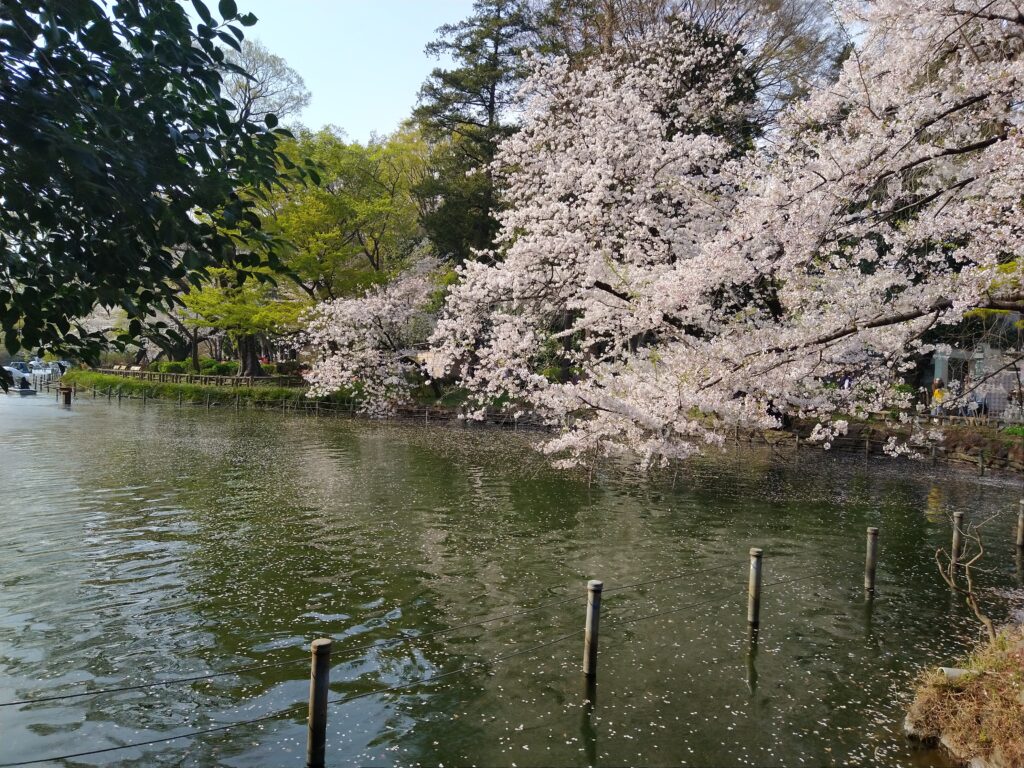
From morning to night, it is always teeming with people both young and old. I didn’t live here, though. The rent was too expensive. I lived in Kodaira City, but I was much closer to Kokubunji station.
One unusual thing (for me) I experienced in Japan is that they expected a different answer when they asked me where I lived. I said I lived in Kodaira, but the students took that to mean I was near Kodaira station. They were confused when I told them I got off at Kokubunji. Since then, I just said I lived in Kokubunji. And when I asked one student where she lived, she told me the name of her nearest train station. A lot of confusion happened that day.

So now that we’ve established where I lived and worked, this is how my day usually went:
7:00 WAKE UP
I don’t like rushing in the morning, so I don’t eat breakfast. I sip my coffee and stare into space after jumping under the shower and dressing up for the day. When it’s around 8:10 or 8:20, I start walking to my nearest train station. It’s a 10-minute walk, but like I said, I don’t like to rush. I like to look around, feel the breeze, and listen to music.
8:30 AT THE STATION
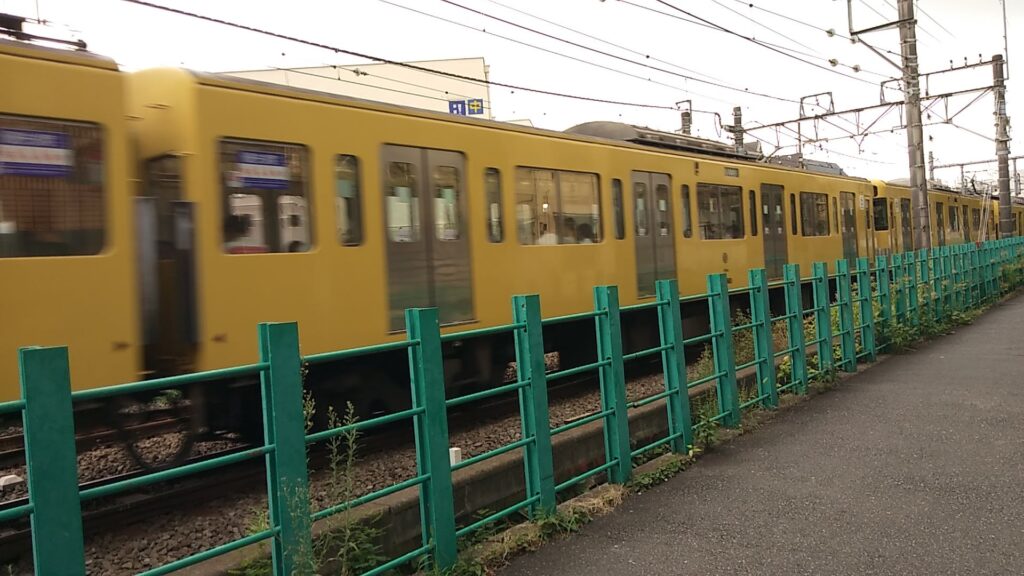
My local train runs only every 10 minutes, so I always make sure that I get to the station at least before 8:50. If I miss the 8:50 train, I’m going to be late for work. I get off at the first stop, which is Kokubunji. From there, I take the Chuo line to Kichijoji.
9:00 AT KICHIJOJI

Since Kichijoji is an urban hub, there are always so many people at the station. I was overwhelmed during my first day. I woke up early and got to school around 7:30 because I was afraid of getting in late. I had gotten pressed against the glass on the train and almost got an elbow to the face while power-walking down the stairs at the station! I slowly got better at dodging elbows and pacing myself so that I don’t get to school, hyperventilating. Anyway, from the station, my school is just a 6-minute walk, but sometimes, I talk to the traffic lady outside the station. She was old and very friendly. I talked to her in broken Japanese.
9:15 AT SCHOOL
My school uses a DTR time recorder machine for the foreign teachers. For all you Gen Z and younger millennials who never saw or used such a thing, this is what it looks like:
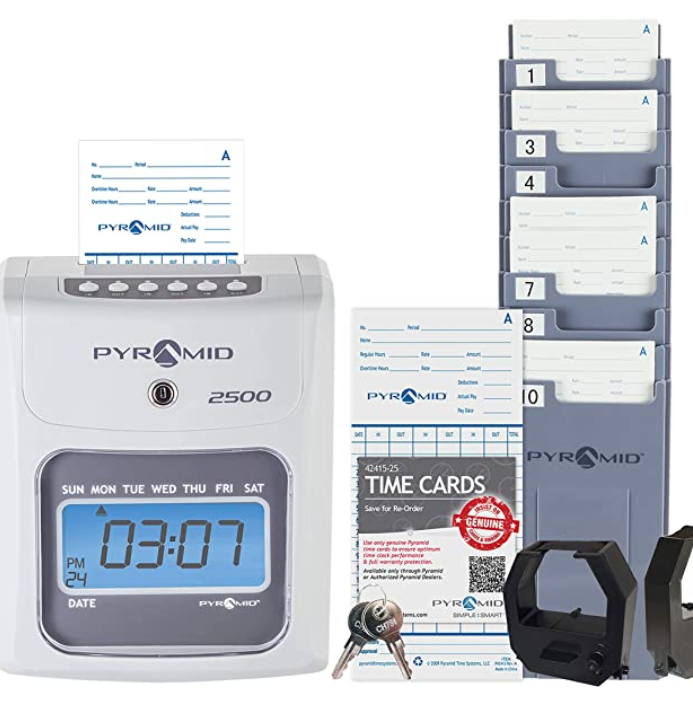
Thankfully, I had used something like this at my old job in the Philippines, so I didn’t panic.
9:40 START OF CLASSES
Technically, classes at my school start way earlier than that. The first period starts at 8:40. Before that, there’s a short homeroom period. Every Japanese school, as far as I know, starts the day with a short meeting. Thankfully, my fellow JET and I weren’t required to attend them!
Classes are 50-minute blocks, and they end at 12:30 in the morning and 3:10 in the afternoon. The students then go to their clubs or study for their exams. Sometimes, the time changes depending on emergency situations or practices for the school festival. When the COVID-19 pandemic broke out, we had days of virtual classes and days when we only had 45-minute face-to-face classes.

3:25 SPECIAL CLASS
For three years, once a week, I led a junior high school class for the seventh period. This is where students can play vocabulary games, write poems, watch movies, prepare for their EIKEN (English proficiency test), and practice for other English activities or projects.
I did a lot of vocabulary and spelling games with my classes. Sometimes, I showed a movie and would ask them to name the characters and place, why a certain character did something, and what their favorite scenes or who their favorite characters were. Generally, the English proficiency of the students were lower than I expected. It was a challenge — but a good one! I discovered so many TESOL resources, strategies, and techniques.
When I don’t have classes, I work on lesson plans, activities for my special class, activities with other Japanese teachers of English (JTE), and check quizzes, tests, etc. (My school is very particular when it comes to photos that clearly show students’ faces and school documents, so I won’t be uploading those on the blog.)
~ 5:00 ENGLISH CLUB
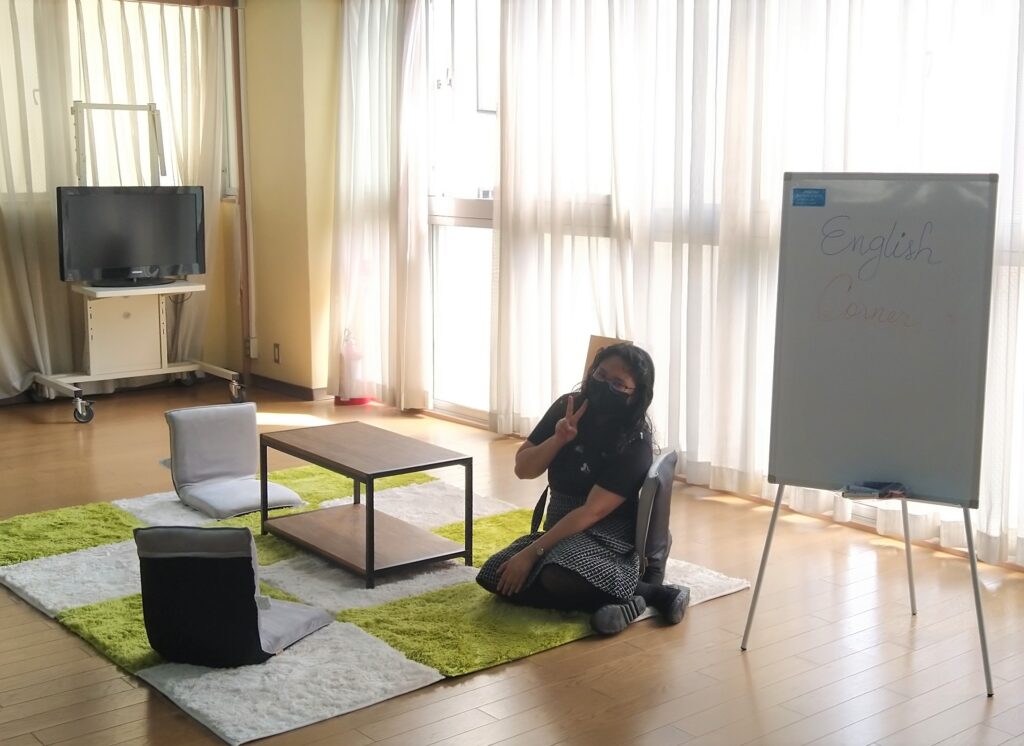
In my last year of work, our school launched the English Café (casual attendance club) at the school cafeteria. It was just a small space with bean bags, a table, a cork board and white board, and some shelves for English games. It was to encourage students to practice their English without the pressure of grades or performance.
The teachers work overtime a lot. They work six days a week. They have classes Saturday morning every week. If they manage a club, they might even come on a Sunday for practices. Sometimes, the teachers work till 8 or 10 in the evening.
Fortunately, my co-JET and I were only expected to stay until 5:10, unless if there was a project we needed to do or a social gathering at school.
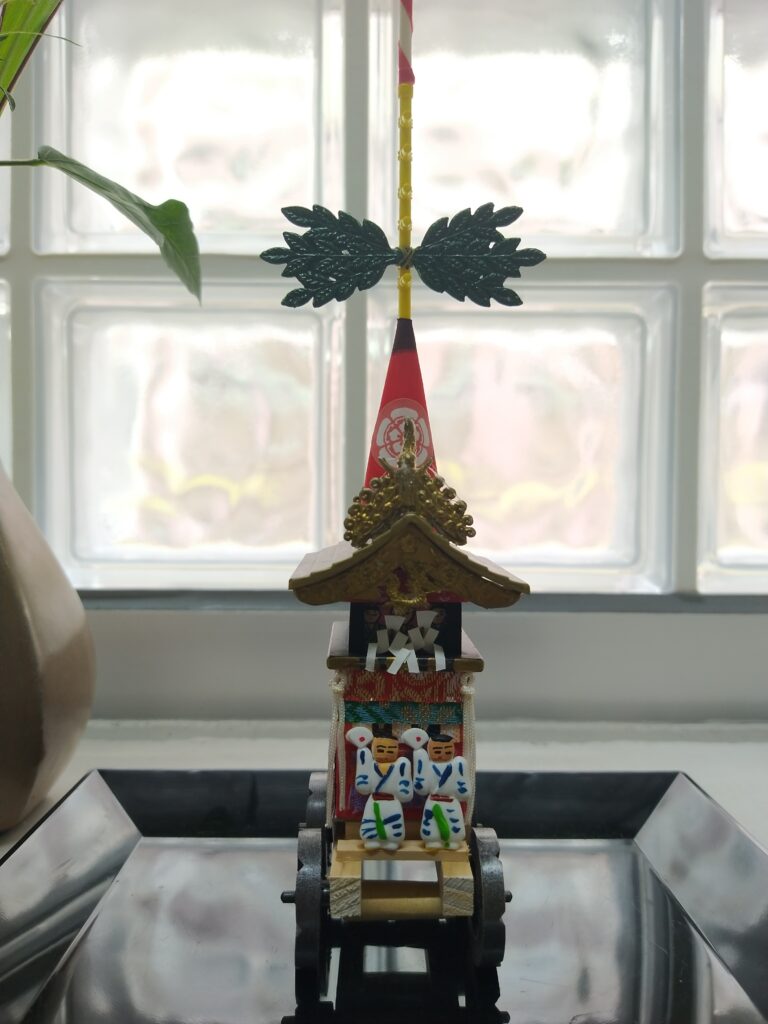
5:10 OUT THE DOOR!
Now, I used to be a private school teacher in my home country. Back then, there was no way I would be out the door by this time. I had too many classes and had too many quizzes, homework, and projects to check. I also had a club that met once a week, and I had to prepare activities for that, not to mention preparing for activities like class competitions (sing, dance, theater, etc.) since I was a homeroom advisor. Many times, I brought work home. That caused me to burn out really fast. I had a relatively easier time as a JET ALT, and it really made me feel bad about the state of education and the treatment of teachers in the Philippines.
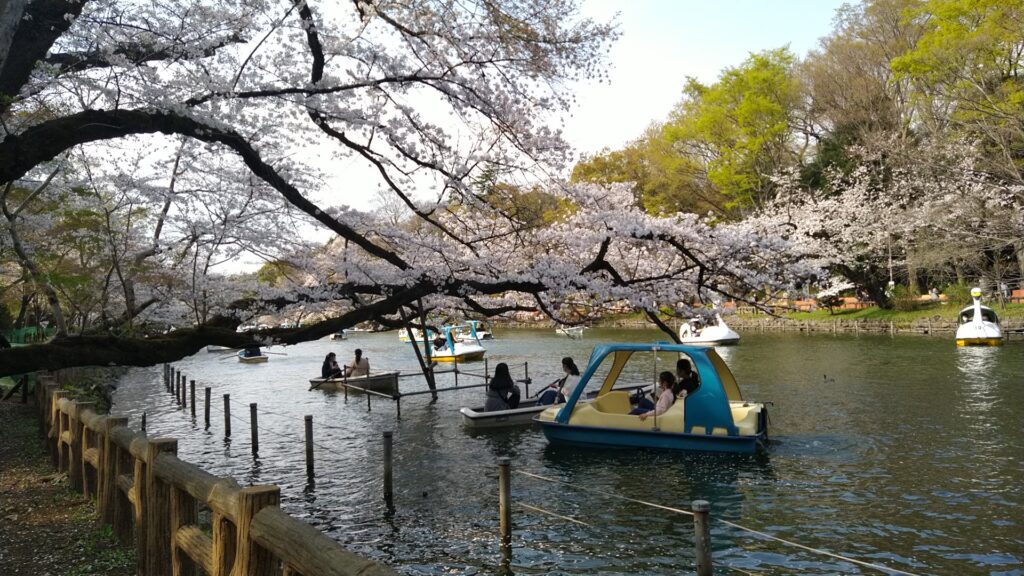
After work, I would sometimes wander around Kichijoji, buy something at the nearest Loft shop, or look at the rows of shoes being sold at Daiwa (because they were cheaper). Sometimes, I would ride back to Kokubunji and window-shop at CELEO. There were also times I met up with my friend who lived nearby. We would eat sushi at Sushiro near the train station or walk a few more minutes to Saizerya, a restaurant with an Italian menu (the food, not the language) at really cheap prices.
6:00 ~ GROCERY & HOME
When I’m not eating out with a friend, I usually go to my local supermarket to buy groceries. After that, I walk to my apartment, cook, and watch Netflix. Sometimes, I don’t feel like cooking, so I use UberEats and order anything from a burger to a bowl of mapo tofu.

The number one thing I loved about Tokyo was the convenience of going to places. I had a lot of freedom after work, which helped me pursue a graduate degree (I’m just waiting for my final evaluation now! *fingers crossed*). Again, ESID. If you think you want to know more about the JET Program in general, here’s a post about the pros and cons of being on the program.
I’m well aware that my schedule isn’t as packed as other JET ALTs. I know that those assigned to more rural areas sometimes work at five or ten schools. Sometimes they wake up at the crack of dawn because they need to take a ferry to an island or something. The JET Program is very much ESID. But it is absolutely worth it for the experience, the friends you make, and the exposure to a new culture. It was only three years, but it was one of the most memorable periods in my life. I will never regret applying for the JET Program. It was worth the anxiety and hard work in preparing for the documents, the interview, and the demo!




